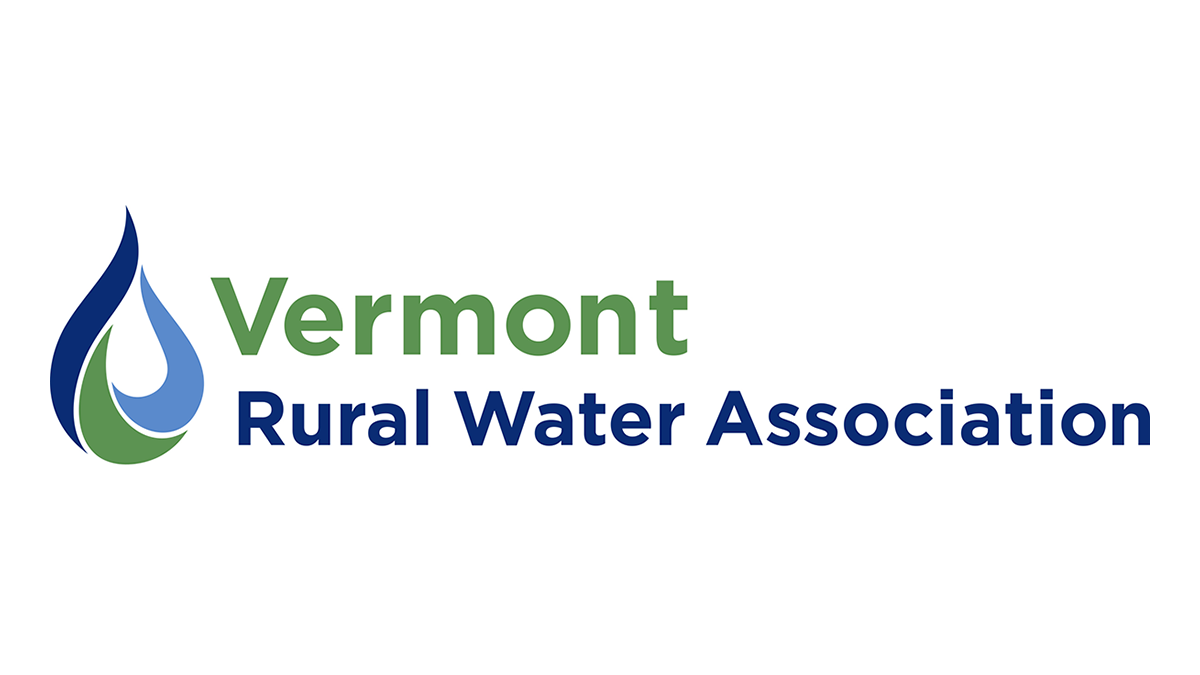Dear Water System Official,
Vermont Rural Water is sending you this letter because your system is one the 590 drinking water systems required to test their water for per- and polyfluoroalkyl substances (PFAS) by December 1, 2019. This requirement was mandated in S.49/Act 21 (An act relating to the regulation of polyfluoroalkyl substances in drinking and surface waters) passed by the Vermont Legislature in April and signed by Governor Scott in May.
Vermont is not immune to PFAS in our environment; it has been found in groundwater throughout the state. Water systems did not create the problem, but are being required to react on an accelerated timeline. As of today, eight public water systems are treating for PFAS and two additional systems have received initial PFAS sampling results over 20 parts per trillion (ppt). The majority of systems have not yet sampled. Any system whose water is confirmed to contain total PFAS levels over 20 ppt will have to issue a “Do Not Drink” order until the contamination is resolved. This “Do Not Drink” order would apply to humans, pets, livestock and also to water used for cooking and irrigation of vegetable gardens and food crops.
We are sending you this letter because there are several important things for you to do in the next few weeks:
- Collect your PFAS sample(s) by December 1st
- Contact your state legislators to tell them how Act 21 impacts your water system. See below for more information and how to do this.
- Provide ANR with your comments on Water Supply Rule revisions related to PFAS; a link to more information on rulemaking is provided here
- Comment in person at one of the public hearings:
November 6 at 9 am: ANR Annex Building 190 Junction Road, Berlin
November 7 at 7 pm: Rutland Free Library – Fox Room 10 Court Street, Rutland
November 12 at 7 pm: DEC Essex Regional Office – Act 250 Room 111 West St, Essex Junction - Send comments by email to ellen.parrdoering@vermont.gov with the subject line of “PFAS Water Supply Rule Revisions” by November 25
The cost of the first round of monitoring for PFAS will be $450 to $1100 for most drinking water systems. For a system whose water contains PFAS over the 20 ppt limit, the cost of remediation could be tens of thousands to several million dollars. Because Act 21 did not designate any funding for testing and remediation, public drinking water systems will have to pay these costs.
Your local legislators need to hear how Act 21 is affecting their communities. We all want to protect public health, but there are unintended consequences of these new requirements. On behalf of your public water system, remind our lawmakers and regulators of the ongoing impacts of Act 21 and of future legislation that places a financial burden on our utilities. You may want to ask them to consider funding mechanisms to help drinking water systems to continue monitoring PFAS and other chemicals that may emerge as contaminants of concern. And finally, remind our legislators that we need them to help us protect public health by funding compliance assistance and remediation options for all public water systems.
Here are some ideas of information to provide in a letter or email to your state senators and representatives:
- Who does your system serve – are you a Fire District that serves 400 people? A school with 150 students? A mobile home community with 25 connections? A nursing home with 40 residents?
- What would be the impact of a “Do Not Drink” order on your system and your customers? Would you provide bottled water? Would businesses have to shut down? How would that affect your town and local community? How would you regain public trust?
- If you had to treat for PFAS or find a new water source – what would your options be? What are the potential costs of engineering, permitting, construction, and remediation? Would you need a new building for treatment? Do you own land for locating a new well?
- How will PFAS testing and potential remediation impact your rates, your customers, and the future of your system? How might development in your service area be restricted?
Please consider writing a letter, sending an email, or making a phone call to your legislators to tell them this information and anything else you feel might be useful in their decision-making process. In addition, please consider attending a public hearing or providing comments on the Cumulative Maximum Contaminant Level (MCL) for the five PFAS included in the proposed Water Supply Rule.
You can find contact information for your legislators on the “Search by Town” feature at https://legislature.vermont.gov/people/search/2020
Sincerely,
Liz Royer, Executive Director

